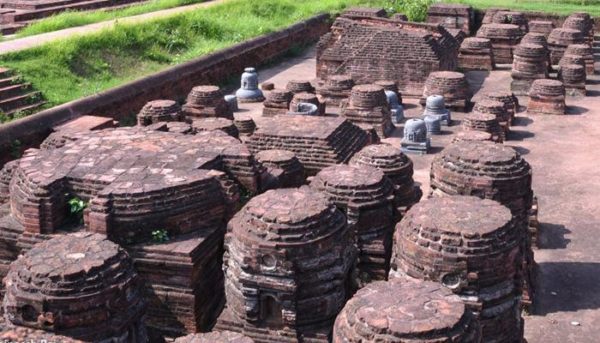UNESCO approves all three nominations linked to India at 40th session of The World Heritage Committee meeting
UNESCO on Sunday listed Chandigarh’s Capitol Complex and Sikkim’s national park among its World Heritage Sites, approving all three nominations linked to India this session.
Today’s approval comes two days after the ruins of Nalanda University in Bihar made to the elite tag at the 40th session of The World Heritage Committee meeting in Istanbul.
This is the first time that any country got three sites inscribed in the Word Heritage List at a single session of the committee meeting, a Culture Ministry official said.
The meeting had resumed for a day today, after being suspended a day earlier due to a failed coup bid in Turkey which claimed over 260 lives.
A World Heritage Site is a place (such as a building, city, complex, desert, forest, island, lake, monument, or mountain) that is listed by the UNESCO as being of ‘special cultural or physical significance’.
Capitol Complex, Chandigarh
The Capitol Complex is part of the group of 17 sites – across seven countries (France, Switzerland, Belgium, Germany, Argentina, Japan and India) – designed by Franco-Swiss architect Le Corbusier which were included in the list by the Paris-based body.
Charles-Edouard Jeanneret-Gris, better known as Le Corbusier, had planned Chandigarh in the 1950s.
Khangchendzonga National Park, Sikkim
Located in the heart of the Himalayan range, Sikkim’s Khangchendzonga National Park includes a unique diversity of plains, valleys, lakes, glaciers and spectacular, snow-capped mountains covered with ancient forests, including the world’s third highest peak, Mount Khangchendzonga.
Ruins of Nalanda University, Bihar
Earlier on July 15, UNESCO had announced ruins of Nalanda University in Bihar as World Heritage Site.
Nalanda stands out as one of the most ancient universities in South Asia, UNESCO said in a release.
“Archaeological Site of Nalanda Mahavihara (Nalanda University) comprises the archaeological remains of a monastic and scholastic institution dating from the 3rd century BCE to the 13th century CE,” it said.
The site includes stupas, shrines, viharas (residential and educational buildings) and important art works in stucco, stone and metal.



Leave a reply